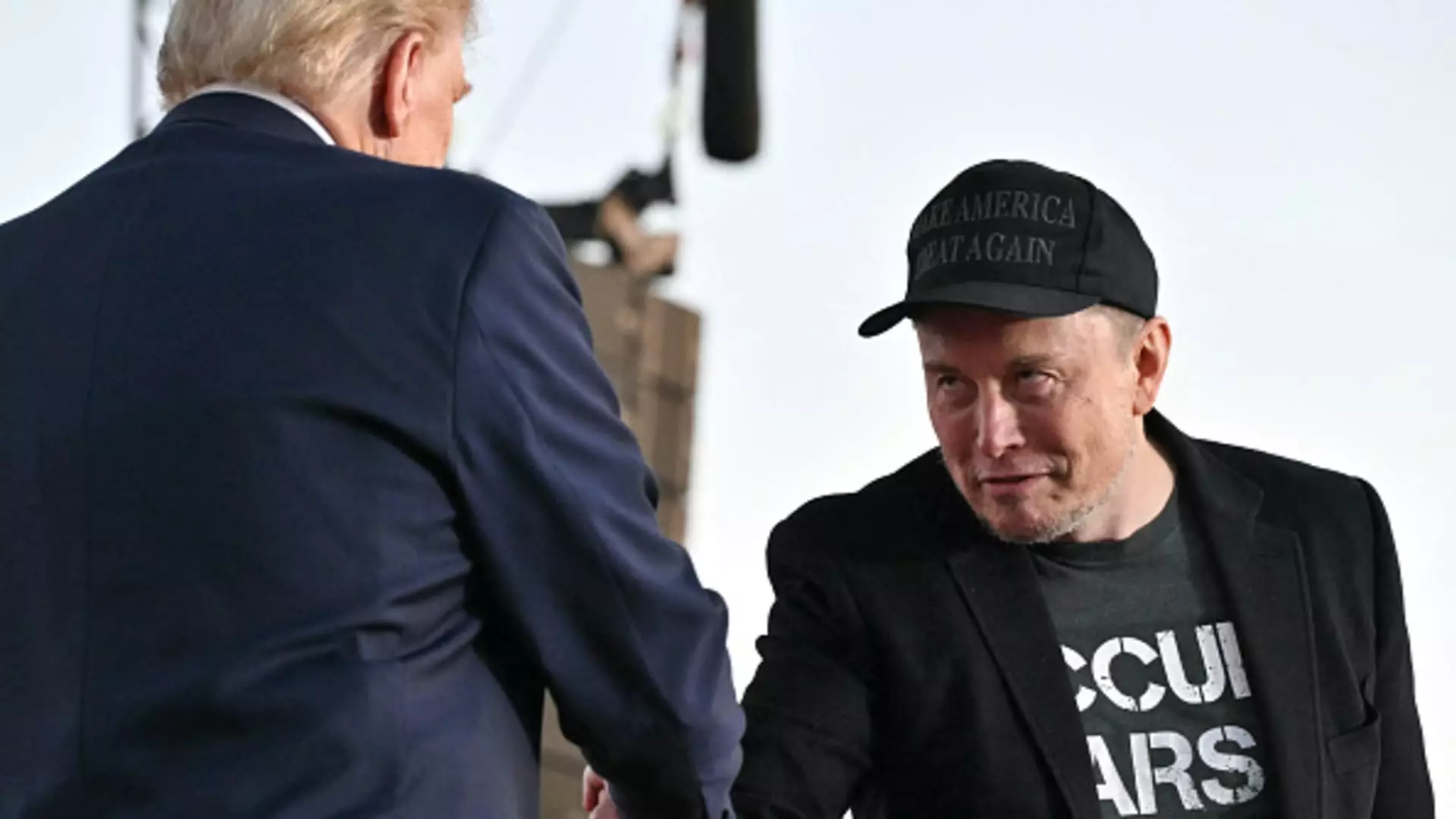The automotive landscape is undergoing a seismic shift with the advent of autonomous vehicle technology, and companies like Tesla are at the forefront of this revolution. Recent happenings regarding potential changes in federal regulation under the incoming Trump administration have sent ripples through the stock market, particularly affecting Tesla shares. This article delves into the implications of these regulatory developments, Tesla’s position within this evolving industry, and what it could mean for the company’s future.
On a significant Monday morning, Tesla’s stock saw an impressive surge of nearly 8% in premarket trading. This spike can be attributed to a Bloomberg report indicating that the Trump administration’s transition team views federal regulation of self-driving vehicles as a priority. Such developments are often interpreted by investors as positive signals, suggesting an environment conducive to growth and innovation. The stock response highlights the investor community’s enthusiasm for companies like Tesla which, despite facing numerous challenges in fully automating their vehicles, remains a leader in the electric vehicle market.
Elon Musk’s relationship with Donald Trump has garnered substantial attention, especially in light of the Trump administration’s previously staked interest in deregulation. During Trump’s first term, Musk was an outspoken advocate for the President, indicating that this relationship could yield substantial benefits for Tesla in terms of favorable policies. However, this close connection is not without risks. Political affiliations and regulatory landscapes can shift dramatically, and reliance on any single relationship for business success could prove precarious over time.
At the core of Tesla’s strategy is a vision for a fleet of autonomous vehicles, often referred to as “robotaxis.” Tesla’s ambitious goal of revolutionizing urban transportation relies heavily on achieving true self-driving capability—a feat they have yet to deliver. The unveiling of the Cybercab, a two-seater vehicle devoid of conventional controls, marks significant steps towards this goal. Yet, this unveiling also underscores the competitive pressure Tesla faces from players like Waymo, which has successfully deployed self-driving cars in limited markets. This race to autonomy not only defines Tesla’s future but also highlights the urgency for regulatory frameworks surrounding safety, liability, and operational parameters for self-driving vehicles.
The prospect of an established federal regulatory framework could serve both as an opportunity and a challenge for Tesla. On one hand, clear regulations can help define safety standards, streamline approvals, and legitimize the technology in the eyes of consumers and investors. On the other hand, stringent regulations could stifle innovation and impose significant constraints on operational flexibility. Tesla’s current Full Self-Driving (FSD) technology remains in a “supervised” mode, requiring human oversight, which illuminates the challenges that still lie ahead before achieving the dream of unsupervised driving.
With expectations set high by Musk’s promises of having unsupervised FSD technology operational soon, it’s crucial to maintain a balanced perspective. The goal of deploying such technology in key states like Texas and California in the near term may set Tesla up for success, but realizations of such ambitions often come laden with technical and regulatory hurdles. While past advances in electric vehicle technology showcase the company’s ingenuity, the road to fully autonomous driving is fraught with uncertainties.
As the investment community keenly watches the regulatory pathways shaping the future of self-driving vehicles, Tesla remains a pivotal player in the conversation. The interplay between innovation, market expectations, and regulatory frameworks will ultimately dictate how effectively the automaker can capitalize on its aspirations. Moving forward, Tesla’s ability to navigate these changing tides will be crucial, not just for its survival, but as a bellwether for the wider industry as it ventures into uncharted territories of transportation technology.

